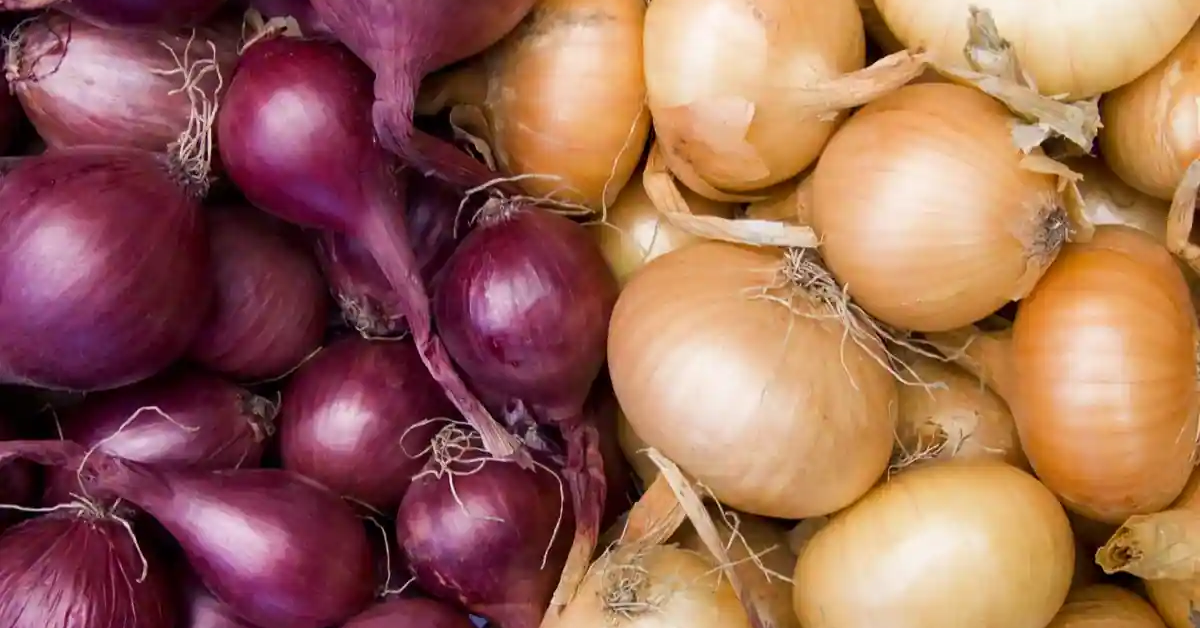 |
When comparing red onions to white onions, there are some differences in
their nutritional composition and potential health benefits. Here are
five points to consider:
Phytochemicals: Red onions contain a higher concentration of certain
beneficial phytochemicals compared to white onions. Red onions are rich
in anthocyanins, which give them their vibrant color and also act as
antioxidants that can help reduce inflammation and protect against
chronic diseases.
|
 |
Antioxidant content: The red color of red onions is an indicator of
higher antioxidant content, primarily due to the anthocyanins.
Antioxidants play a vital role in combating harmful free radicals and
protecting cells from oxidative damage, which is associated with various
health conditions, including heart disease and certain types of cancer.
Quercetin content: Red onions are particularly high in quercetin, a
flavonoid with antioxidant and anti-inflammatory properties. Quercetin
has been associated with potential health benefits, such as reducing the
risk of cardiovascular disease, improving blood pressure, and supporting
immune function.
Sulfur compounds: Both red and white onions contain sulfur compounds,
which are responsible for their pungent aroma and taste. These compounds
have been studied for their potential health benefits, such as
anti-inflammatory and anticancer properties. However, the specific
sulfur compound content may vary slightly between red and white onions.
Overall nutrient profile: In terms of general nutritional content, red
and white onions are quite similar. They are low in calories, fat-free,
and a good source of fiber, vitamin C, and other essential
micronutrients. The differences lie primarily in the specific
phytochemical composition mentioned above. |